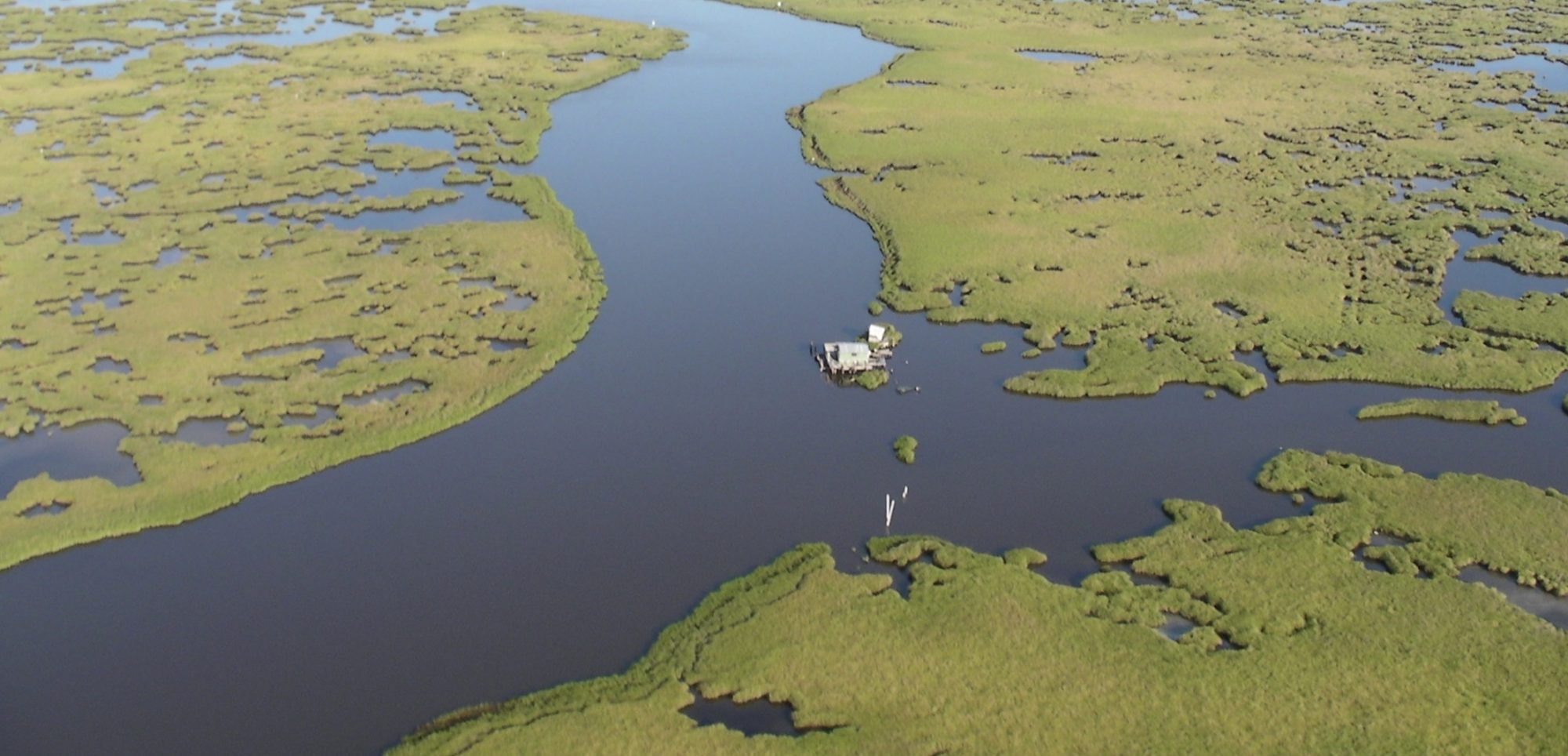
Ph.D. Candidate, University of Hawaii at Manoa
Field Travel Grant Type 1
Mangroves as Invasive Species in Hawaii
“Coastal wetland invasions by exotic flora and fauna have the potential to greatly modify near shore coastal ecosystems, thus threatening a variety of ecological processes and many cultural practices such as subsistence fishing. Mangroves represent a wide group of tropical and sub-tropical halophytic vascular plants that, where native, are the dominant plant species and important ecosystem engineers. However in many islands of the Indo West Pacific, mangroves are introduced species and are drastically altering the landscape, replacing native wetland species, and impacting watershed dynamics. These new issues present clear problems for management since many Pacific cultures depend on coastal habitat for their livelihood, and there is a lack of traditional ecological knowledge on how to deal with invasions.
Current bioinvasion paradigms relating to introduction, establishment, and spread of invasive organisms have focused on terrestrial and marine organisms. Possible impacts of invaders in tropical wetlands remain poorly understood with even fewer field experiments. There is remarkably little research on mangroves in the Indo West Pacific region where they are invasive, leaving a large gap in our understanding of wetland invasions and a large strain on traditional uses of these ecosystems.
I propose to address these gaps in fundamental knowledge of coastal invasive plants by studying ecological structure and function of introduced mangroves in Hawai`i, helping to identify a framework addressing cultural issues.”
